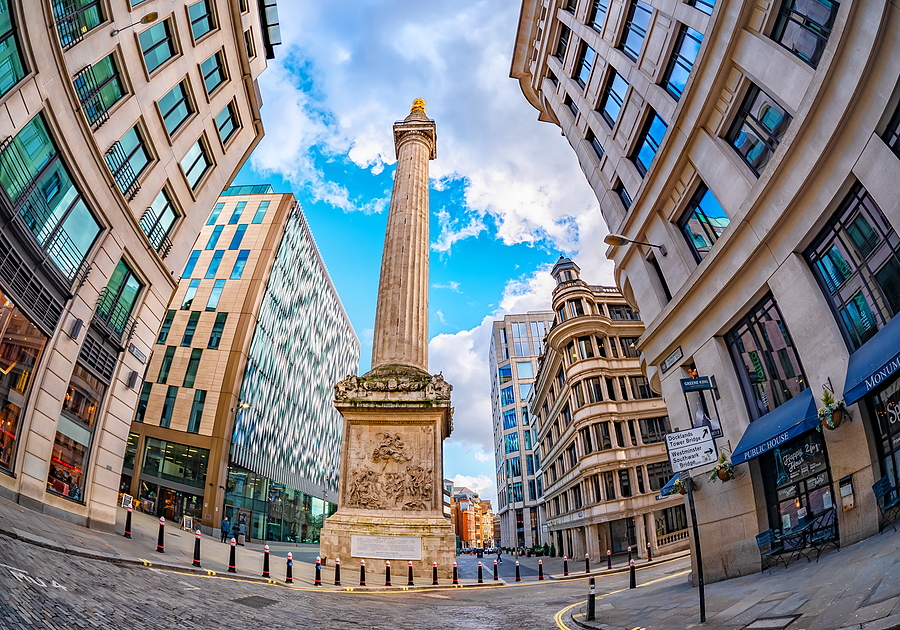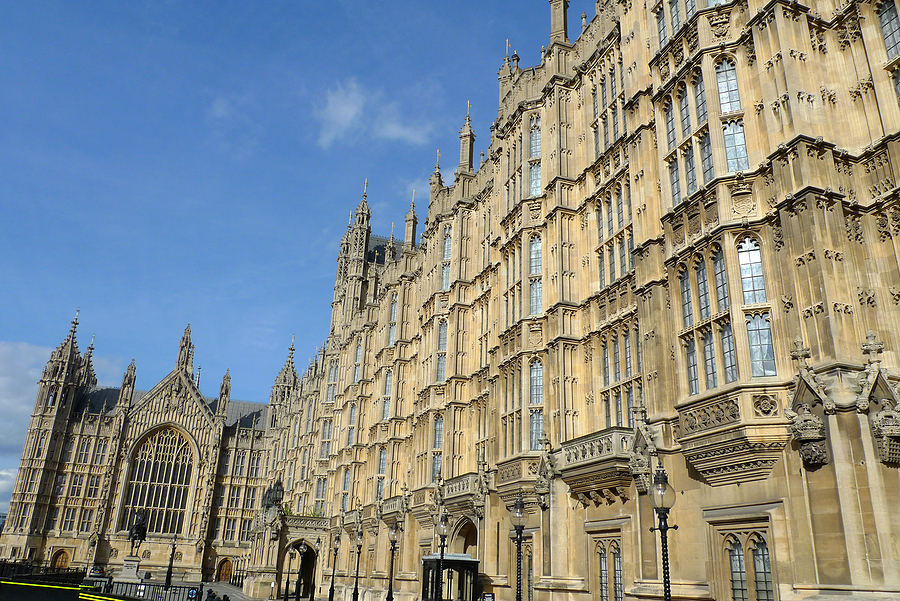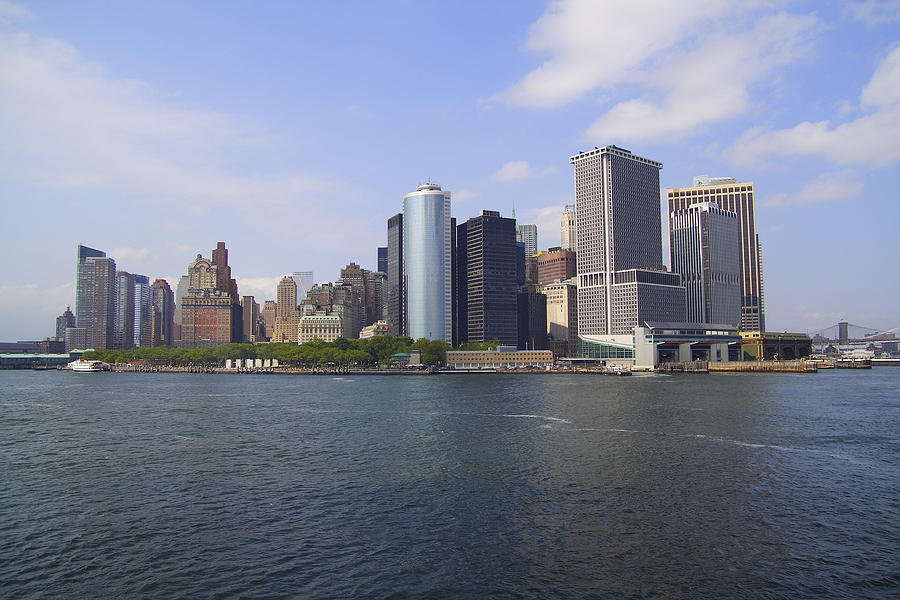It’s well-known that London is home to a vast array of museums and attractions. If you’re travelling to the city for the first time, you could be forgiven for thinking that there won’t be much on offer for nature lovers in such a thriving metropolis, but you’d be wrong!
London is home to some of the world’s best natural science and history museums, as well as stunning parks and other nature-based attractions. If this is an area that interests you, book a private tour in London to follow a sightseeing itinerary that’s designed specifically for you.
You can also ask for private guided tours to take you behind the scenes at some of the attractions if you’d like to take an even deeper dive into some of the collections. So, what sights need to be on your list?
Natural History Museum
The iconic Natural History Museum is a must-visit if you’re interested in the natural world. Its collections are vast – ranging from cetaceans, curious sea creatures and all manner of land animals, through to dinosaurs and a huge collection of minerals and gemstones.
A private guided tour of the beautiful museum will ensure you don’t miss any of the highlights. You may also want to book a private behind-the-scenes tour, where you spend time with one of the museum’s experts exploring the collection of artefacts that are not on general display.
There is also the option of arranging a private after-hours dinosaur tour, giving you and your travelling companions the chance to see the incredible dinosaur exhibits up-close without the crowds.
Horniman Museum and Gardens
In Dulwich in south-east London you’ll find the Horniman Museum and Gardens, which is a treasure trove of artifacts and exhibits. Although less well-known than the Natural History Museum, it is home to equally fascinating collections.
What really sets the Horniman Museum apart though are its living collections to complement the thousands of specimens that it displays. You can visit the beautiful butterfly house, take a stroll along Animal Walk where you’ll meet the likes of alpacas, sheep and bunnies, or be enthralled by the aquarium.
Royal Botanic Gardens Kew
The iconic Palm House of the Royal Botanic Gardens in Kew is just one of many reasons to visit here. There are several conservatories, each dedicated to different kinds of plants, as well as many outdoor garden areas to discover.
Stroll through desert landscapes into the tropics in the Princess of Wales Conservatory, marvel at the indoor rainforest in the Palm House and visit a high-altitude landscape in the Davies Alpine House.
Outdoors, there are a range of stunning gardens to explore. You can spend time wandering in the grass garden, exploring the rose garden or learn about how to cultivate your own edible plants in the Kew Kitchen Garden.
Linnean Society of London
For natural history buffs, the Linnean Society of London is a must-visit and not somewhere that many people consider exploring. This is the oldest learned society dedicated to studying natural history anywhere in the world. The Linnean Society of London was established in 1788.
As you might imagine, the collections at the Linnean Society are vast, spanning insects, plants and fish, as well as a selection of letters and correspondence to and from Linneaus over the years.
The private library of Linneaus is home to over 1,600 books, including copies of his own works that he annotated. It is possible to arrange a private tour of the Linnean Society if you are part of a group of six or more, which is well worth doing if you have a particular interest in natural history through the ages.
UCL Grant Museum of Zoology
The UCL Grant Museum of Zoology is located in central London near Euston Square and is certainly a hidden gem for natural history enthusiasts. The specimens in its collections have been used for teaching at University College London for decades and its exhibitions showcase some of its most fascinating curiosities.
Among the must-see specimens are its skeleton of a quagga – one of only seven known in the world. This makes it the world’s rarest skeleton. A quagga was a South African species of zebra that went extinct in 1883.
There are also dodo bones in the museum’s collection, as well as the intact skeleton of a 5m-long Central African rock python that once lived in London Zoo.
If you’re interested in London’s natural history attractions and sights, there is plenty to keep you occupied during your visit. A private tour can not only ensure you see hidden gems as well as the more famous locations, but will also mean you don’t miss any of the must-see exhibits in the museums or attractions you visit.











